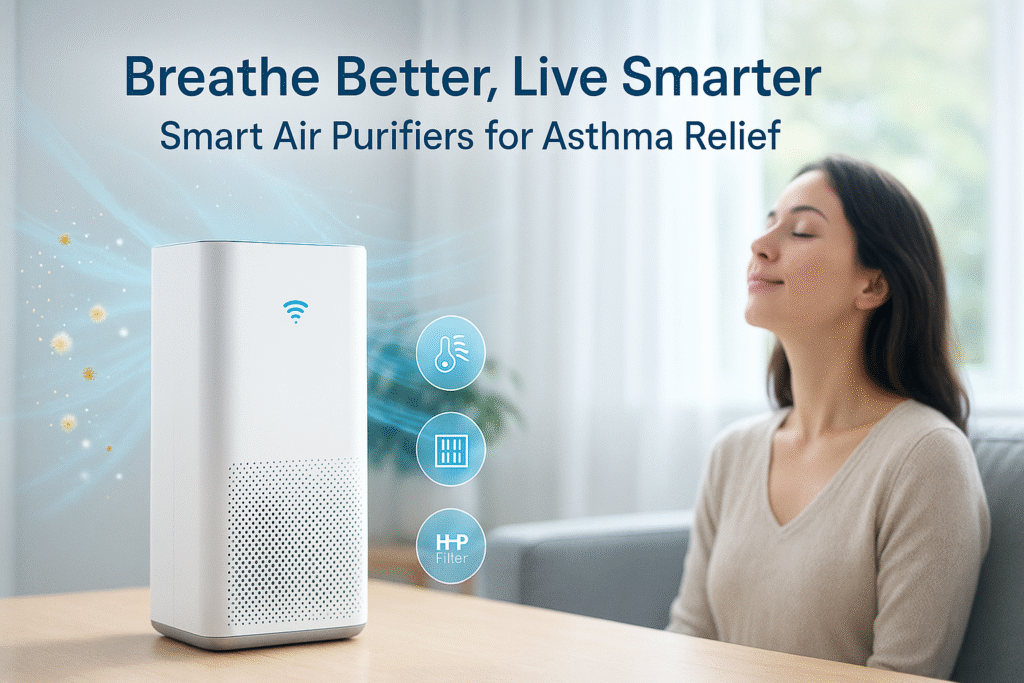
#smart-purifiers-allergies{background:var(--bsp-bg)}
.spa-wrap{
max-width:900px;
margin:0 auto;
padding:1.25rem 1.25rem 1.5rem;
color:var(--bsp-text);
}
.spa-wrap h1,
.spa-wrap h2{color:var(--bsp-ink);line-height:1.2;letter-spacing:.2px}
.spa-wrap h1{margin:.6rem 0 .3rem;font-size:clamp(1.6rem,3.2vw,2.1rem)}
.spa-wrap h2{margin:1.15rem 0 .4rem;font-size:clamp(1.2rem,2.6vw,1.45rem)}
.spa-kicker{
display:inline-block;
font-size:.85rem;
font-weight:600;
color:var(--bsp-primary-600);
background:color-mix(in srgb,var(--bsp-primary) 10%,white);
padding:.22rem .55rem;
border-radius:.4rem;
margin-bottom:.6rem
}
.spa-meta{
font-size:.98rem;
opacity:.95;
margin:.25rem 0 1rem;
background:var(--bsp-surface);
padding:.7rem .9rem;
border:1px solid var(--bsp-border);
border-radius:.6rem;
}
.spa-intro{font-weight:600;margin:.5rem 0 1rem}
.spa-hr{border:0;height:1px;background:var(--bsp-border);margin:1.5rem 0}
.spa-cta{display:flex;gap:.75rem;flex-wrap:wrap;margin:.75rem 0 1.25rem}
.spa-btn{
display:inline-block;
text-decoration:none;
padding:.78rem 1.05rem;
border-radius:.7rem;
border:1px solid var(--bsp-primary);
transition:transform .08s ease,box-shadow .08s ease,background .12s ease,color .12s ease,border-color .12s ease;
background:var(--bsp-surface);
color:var(--bsp-primary-600);
box-shadow:0 1px 0 rgba(0,0,0,0.04);
font-weight:600;
}
.spa-btn:hover{
transform:translateY(-1px);
box-shadow:0 6px 18px rgba(2,132,199,0.12);
border-color:var(--bsp-primary-600);
color:var(--bsp-primary-600);
background:color-mix(in srgb,var(--bsp-primary) 10%,white);
}
.spa-btn-primary{background:var(--bsp-primary);border-color:var(--bsp-primary);color:#fff}
.spa-btn-primary:hover{background:var(--bsp-primary-600);border-color:var(--bsp-primary-600);color:#fff}
.spa-note{font-size:.92rem;color:var(--bsp-muted)}
.spa-faq{
background:var(--bsp-surface);
border:1px solid var(--bsp-border);
border-radius:.8rem;
padding:1rem 1rem 1.2rem;
}
.spa-faq h2{margin-top:.4rem}
.spa-faq h3{color:var(--bsp-ink);margin:1rem 0 .35rem;font-size:1.05rem}
.spa-faq p{margin:.25rem 0 .75rem}
.spa-card{
background:var(--bsp-surface);
border:1px solid var(--bsp-border);
border-radius:.9rem;
padding:1rem 1rem 1.1rem;
}
/* Breadcrumbs styling */
.bsp-breadcrumbs{
font-size:.9rem;
color:var(--bsp-muted);
margin-bottom:.8rem;
}
.bsp-breadcrumbs a{
color:var(--bsp-primary-600);
text-decoration:none;
}
.bsp-breadcrumbs a:hover{text-decoration:underline}
.bsp-breadcrumbs span{
margin:0 .3rem;
color:var(--bsp-muted);
}
Discover how smart air purifiers reduce asthma and allergy triggers like dust, pollen, and smoke—with the right filters, sizing, and placement for cleaner, healthier air.
Smart air purifiers help people with asthma by removing airborne triggers like pollen, dust, mold spores, and smoke. With True HEPA filtration and real-time monitoring, they make indoor air easier to breathe and healthier.
Tip: Look for True HEPA/H13, sealed frames, and Auto Mode that responds to PM2.5 spikes.
Do Smart Air Purifiers Really Work for Seasonal Allergies?
Yes—smart air purifiers can reduce seasonal allergy symptoms by capturing pollen and other allergens in the air. Their sensors adjust filtration automatically, keeping your home environment cleaner during peak allergy seasons.
Pro move: Run your purifier on Auto 24/7 during peak pollen months to prevent buildup.
Managing Pet Dander Allergies with Smart Air Purifiers
Smart air purifiers reduce pet dander allergies by filtering out dander, fur, and odor particles. They improve indoor air quality, making it easier to enjoy life with pets without constant allergy flare-ups.
Bonus: Choose models with activated carbon to reduce pet odors without masking scents.
How Smart Air Purifiers Reduce Dust and Allergy Triggers at Home
Smart air purifiers reduce dust and allergy triggers by trapping particles that irritate your nose and lungs. With continuous monitoring, they help keep your home cleaner and more allergy-friendly.
Placement matters: Keep units away from walls/curtains and elevate slightly for smoother airflow.
Disclosure: Some links are sponsored. If you purchase through them, I may earn a commission at no extra cost to you.
Frequently Asked Questions
Do smart air purifiers really help with allergies?
Yes. True HEPA units capture pollen, dust, and dander while smart sensors adjust fan speed automatically when air quality drops.
What filter type should I choose for asthma?
Go with True HEPA or H13 for fine particles and add activated carbon if smoke or odors are triggers.
How big should my purifier be?
Match the CADR/room size. As a rule of thumb, choose a CADR close to two-thirds of your room’s square footage.
Where should I place the purifier?
Center-ish placement with clear airflow is best. Avoid corners, tight shelves, or behind furniture.
How often do I replace filters?
Typically every 6–12 months for HEPA and 3–6 months for carbon, depending on usage and air quality.
Will one purifier cover my whole home?
Usually no. Use one per priority room (bedroom, living room) for best coverage and comfort.
